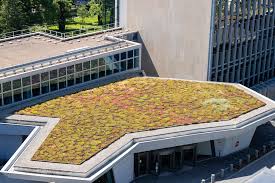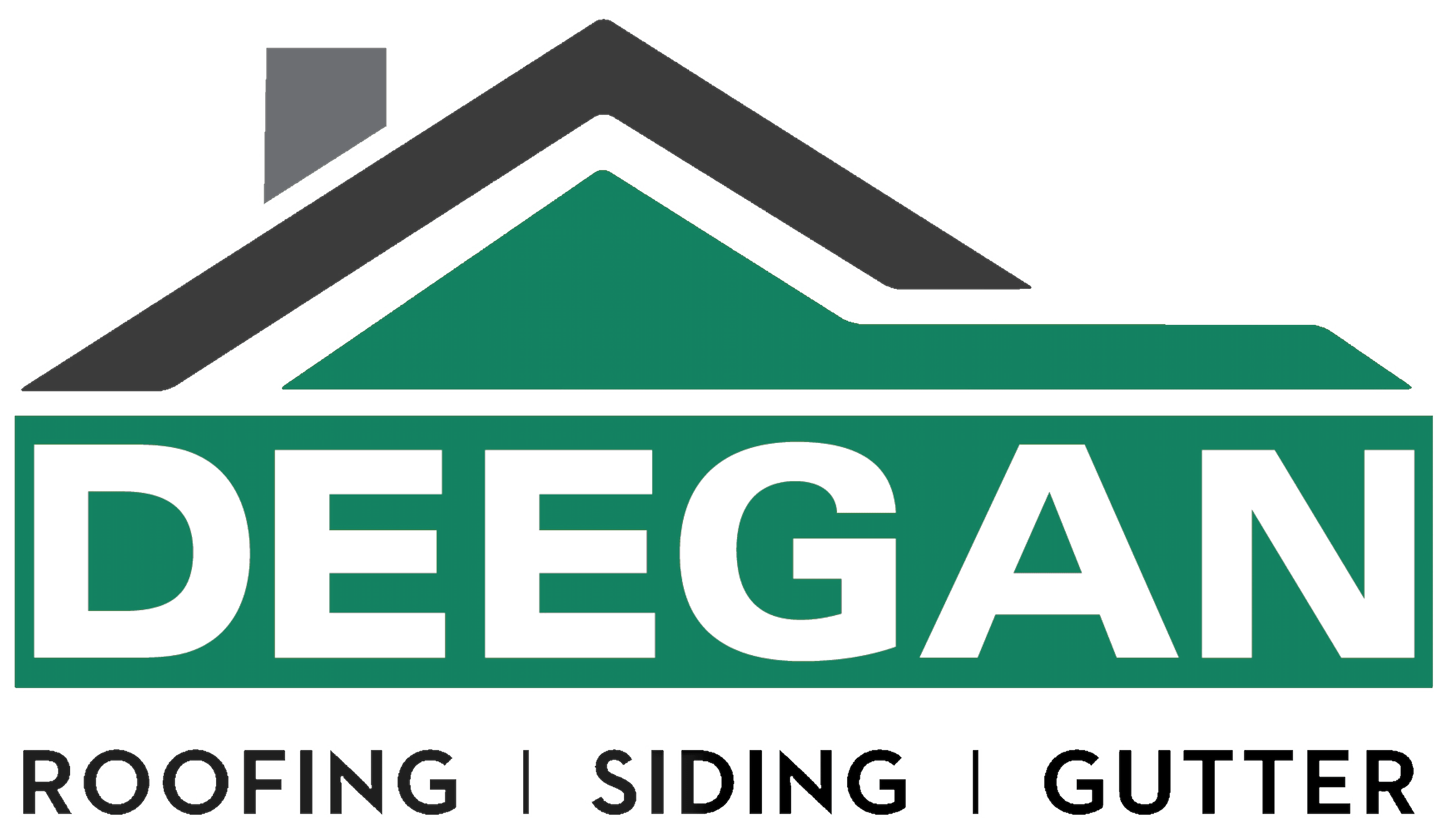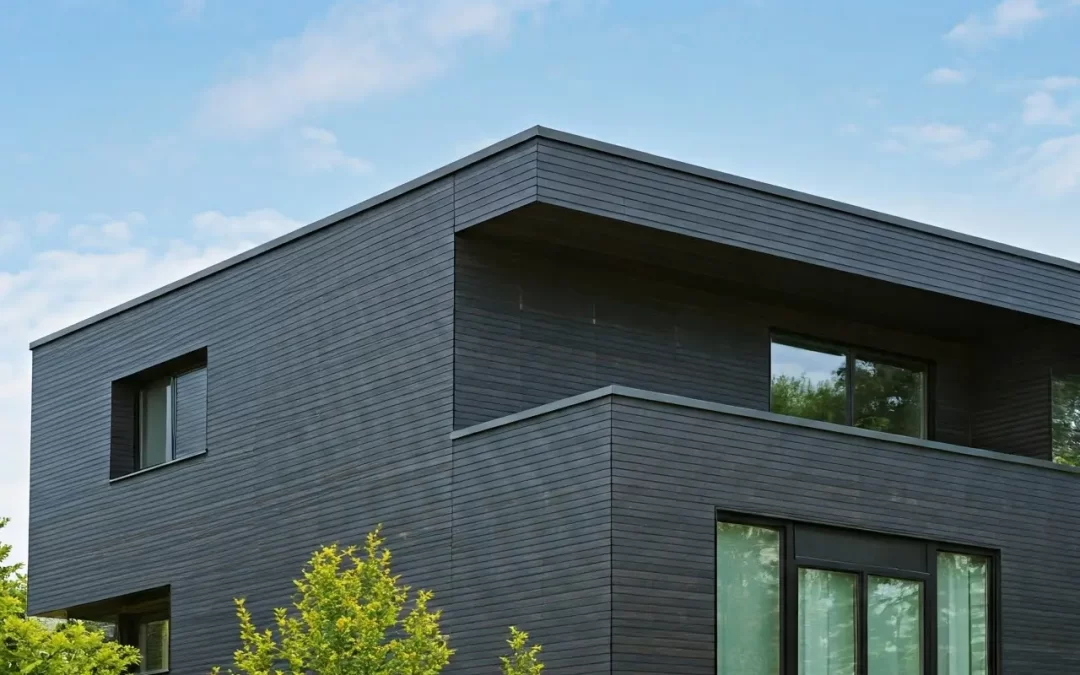Choosing the best roofing materials for a commercial building is a crucial decision that affects durability, energy efficiency, and maintenance costs. Commercial roofs differ significantly from residential roofs, often requiring specialized materials that can withstand weather extremes, heavy foot traffic, and long-term wear. In this guide, we’ll explore the best roofing materials for commercial buildings, their advantages and disadvantages, and factors to consider when selecting the right option.
Understanding Commercial Roofing
Unlike residential roofs, which are typically sloped, commercial buildings often have flat or low-slope roofs. These require materials that prevent water pooling, resist UV damage, and provide insulation. The most common types of commercial roofing materials include:
- Built-Up Roofing (BUR)
- Modified Bitumen Roofing
- Thermoplastic Roofing (TPO & PVC)
- Ethylene Propylene Diene Monomer (EPDM) Roofing
- Metal Roofing
- Green Roofing
- Spray Polyurethane Foam (SPF) Roofing
Each of these materials has unique properties, costs, and installation requirements.
1. Built-Up Roofing (BUR)
What is Built-Up Roofing?
Built-up roofing (BUR) is a traditional commercial roofing material consisting of multiple layers of bitumen and reinforcing fabrics. These layers create a strong, waterproof membrane.
Advantages:
- Long-lasting (20-30 years)
- Excellent waterproofing
- Low maintenance
- Provides insulation
Disadvantages:
- Heavy and requires strong structural support
- Labor-intensive installation
- Can develop cracks over time
2. Modified Bitumen Roofing
What is Modified Bitumen Roofing?
Modified bitumen is an improved version of BUR that incorporates polymer-modified bitumen layers reinforced with fiberglass or polyester.
Advantages:
- More flexible than BUR
- Resistant to extreme temperatures
- Easy to install and repair
- Good for high foot traffic areas
Disadvantages:
- ❌ Requires professional installation
- ❌ Not as long-lasting as BUR
3. Thermoplastic Roofing (TPO & PVC)
What is Thermoplastic Roofing?
Thermoplastic roofing includes TPO (Thermoplastic Polyolefin) and PVC (Polyvinyl Chloride), both known for their energy efficiency and durability.
Advantages:
- Highly resistant to chemicals, UV rays, and punctures
- Energy-efficient and reflective
- Lightweight and flexible
- Easy to install
Disadvantages:
- PVC can be more expensive
- Requires professional installation
- Seams may weaken over time
4. Ethylene Propylene Diene Monomer (EPDM) Roofing
What is EPDM Roofing?
EPDM roofing is a synthetic rubber material known for its durability and cost-effectiveness.
Advantages:
- Long lifespan (30-50 years)
- Resistant to UV rays and weathering
- Low maintenance
- Cost-effective
Disadvantages:
- Dark color absorbs heat (unless coated)
- Prone to punctures
- Seams may require periodic maintenance
5. Metal Roofing
What is Metal Roofing?
Metal roofing is a durable and aesthetically pleasing option for commercial buildings, available in aluminum, steel, zinc, and copper.
Advantages:
- Long lifespan (40-60 years)
- Fire-resistant
- Low maintenance
- Energy-efficient with reflective coatings
Disadvantages:
- High initial cost
- Noisy during rain or hail
- May require insulation to improve energy efficiency
6. Green Roofing
What is Green Roofing?
Green roofing incorporates vegetation over a waterproof membrane, offering environmental and insulation benefits.
Advantages:
- Improves air quality
- Enhances building insulation
- Extends roof lifespan
- Reduces stormwater runoff
Disadvantages:
- High installation and maintenance costs
- Requires specialized expertise
- Heavy weight may require additional structural support
7. Spray Polyurethane Foam (SPF) Roofing
What is SPF Roofing?
SPF roofing is a seamless, spray-applied foam that expands to form a solid, waterproof barrier.
Advantages:
- Excellent insulation and energy efficiency
- Seamless and waterproof
- Lightweight yet durable
- Easy to repair and maintain
Disadvantages:
- Requires professional installation
- Prone to punctures
- Can degrade under prolonged UV exposure if not coated
Factors to Consider When Choosing Roofing Materials
1. Climate and Weather Conditions
- 🌦 For areas with heavy rain or snow, BUR or metal roofing is ideal.
- ☀ In hot climates, reflective materials like TPO or metal roofing with coatings can reduce cooling costs.
2. Building Structure
- 🏢 Heavier materials like BUR and green roofing require strong structural support.
- 🏗 Lightweight options like TPO, PVC, and EPDM are better for buildings with weight restrictions.
3. Cost and Budget
- 💲 EPDM and modified bitumen are cost-effective options.
- 💰 Metal and green roofs have higher initial costs but offer long-term savings.
4. Maintenance and Lifespan
- 🛠 Metal, EPDM, and SPF require minimal maintenance.
- 🔍 BUR and modified bitumen may need periodic inspections and repairs.
5. Energy Efficiency
- 🔆 TPO, PVC, and metal roofing with reflective coatings help reduce cooling costs.
- 🌱 Green roofing provides natural insulation and improves environmental impact.
Conclusion
Selecting the best roofing materials for a commercial building depends on factors like budget, climate, and building structure. While options like TPO and EPDM offer affordability and efficiency, metal and green roofs provide longevity and sustainability. Understanding the pros and cons of each material ensures a well-informed decision that will keep your commercial property protected and efficient for years to come.
Looking For Best Roofing Company?
- Brien Deegan Roof Contracting
- 📍 Address: Offices in Scotch Plains and Piscataway, NJ
- 📞 Phone: (908) 322-6405
- 🌐 Website: www.deeganroofing.com
- 📧 Email: info@deeganroofing.com
⏰ Business Hours: Monday – Friday (8 AM – 6 PM), Saturday (9 AM – 4 PM)
Related Posts:
- The Most Popular Roofing Materials in NJ: Choosing the Right Material for Your NJ Home
- Why It’s Vital to Choose the Right Commercial Roofer
- Top 5 Types of Commercial Roofing

